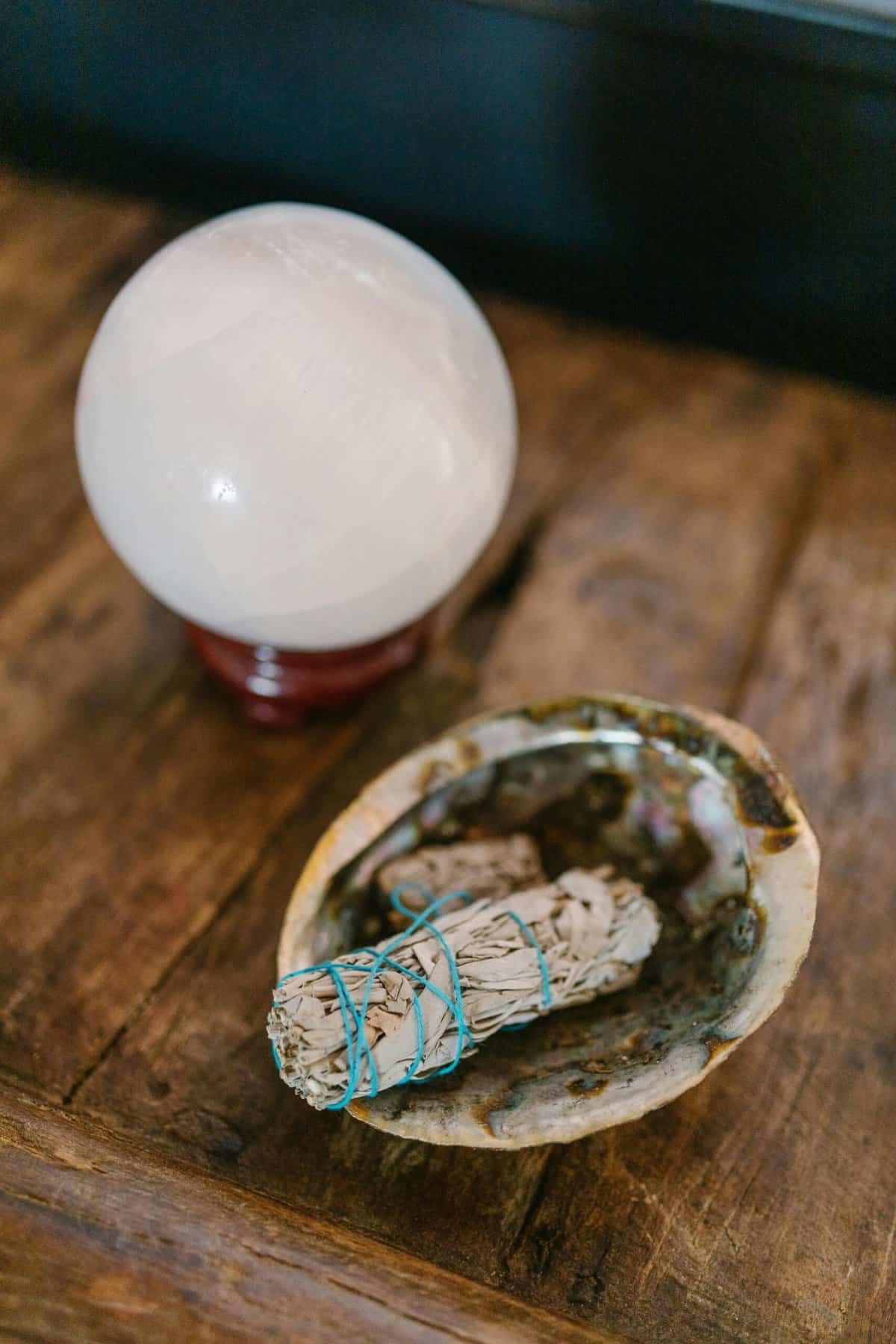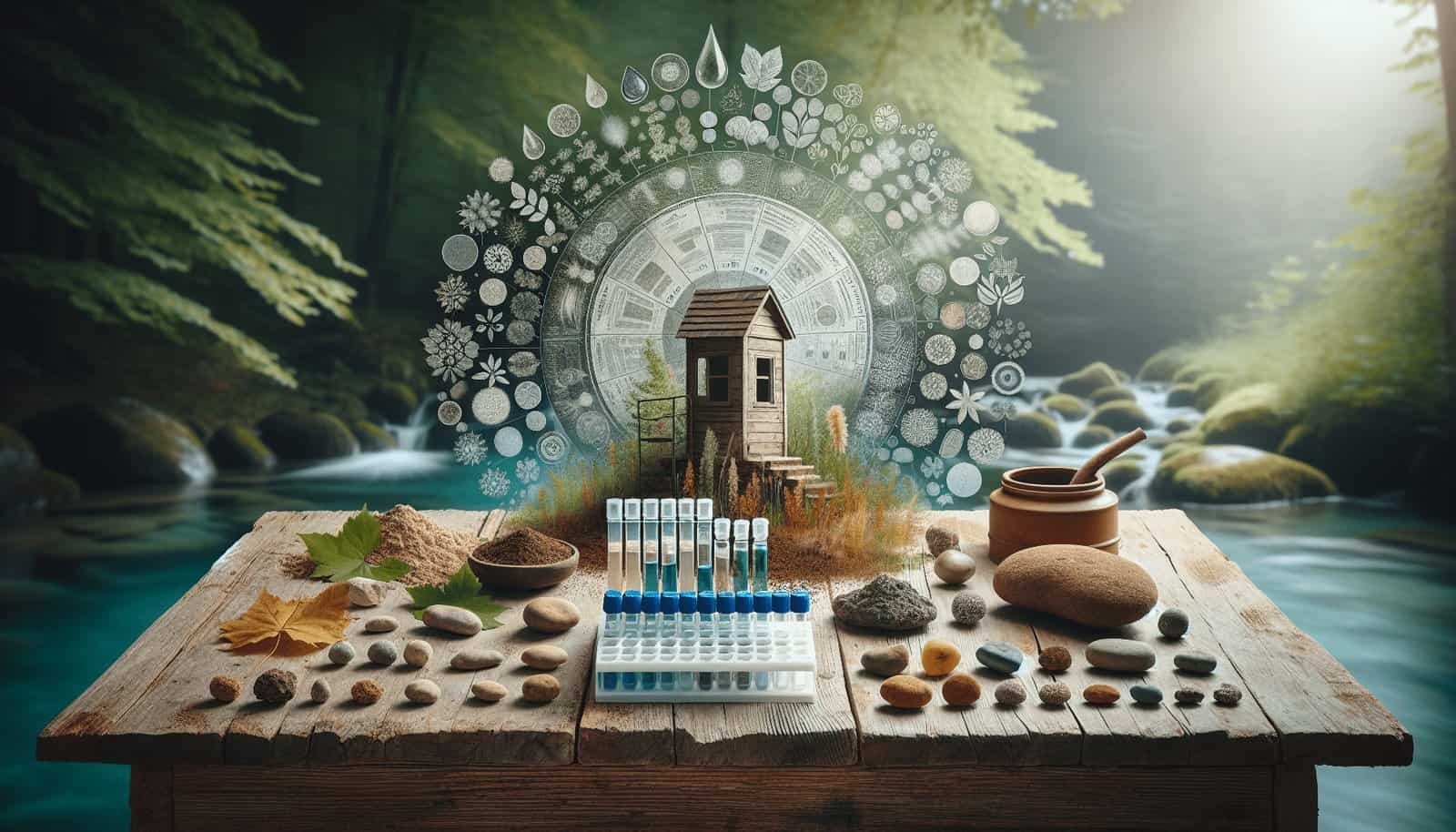Have you ever thought about the purity of your well water? As someone who relies on a well for your water supply, understanding how to address common well water contamination sources is crucial. Ensuring the safety of your water involves identifying potential contaminants and taking steps to mitigate their presence. After all, water is essential for maintaining your health and quality of life. Let’s explore how you can protect your water from common contamination sources and make informed decisions regarding its safety.
Understanding Well Water Contamination
Before diving into specific contaminants, it is important for you to understand the nature of well water contamination. Groundwater, which supplies wells, can be compromised by various natural and human-made factors. Contaminants can originate from surface run-off, agricultural activities, industrial discharge, or faulty septic systems, among other sources. Not only does this affect water quality, but it can also impact your health if not treated properly.
Common Sources of Contamination
There are numerous common sources that contribute to the contamination of well water. Recognizing these sources is your first step in effectively managing water quality.
Agricultural Runoff
Agriculture is a major industry that can affect the quality of groundwater. Fertilizers, pesticides, and herbicides used in agricultural practices can seep into the groundwater, leading to contamination. These chemicals can have serious health effects, depending on their concentration and toxicity levels.
Industrial Pollution
Industrial activities can release various pollutants into the environment, some of which may leach into groundwater systems. Chemicals, heavy metals, and other industrial by-products can contaminate well water, affecting its taste, odor, and safety.
Faulty Septic Systems
Septic systems that are not properly maintained or are nearing the end of their lifespan can leak harmful bacteria and waste into groundwater sources. This can lead to contamination with pathogens that pose risks of waterborne illnesses.
Natural Sources
It is not always human activity that causes contamination. Some wells are affected by naturally occurring substances such as arsenic, radon, or nitrates, which can be harmful if they accumulate to significant levels over time.

Identifying Contaminants in Your Well Water
In order to address contamination issues, you need to know what you’re dealing with. Testing your well water is a vital step in identifying contaminants.
Conducting Water Tests
Testing your well water should be performed regularly to ensure its quality and safety. Depending on the potential sources of contamination in your area, you might need to check for different contaminants. Common tests include measuring pH levels, nitrates, coliform bacteria, and specific heavy metals.
Test Types and Frequency
Below is a table that can guide you in understanding different tests and how often they should be conducted:
| Test Type | Description | Suggested Frequency |
|---|---|---|
| pH Level | Measures water acidity/alkalinity | Annually |
| Nitrates | Indicates fertilizer and waste product contamination | Annually |
| Coliform Bacteria | Tests for bacteria indicating potential pathogens | Annually |
| Specific Metals | Checks for heavy metals like lead, arsenic | Every 1-2 years |
| Pesticides | If agriculture is nearby, check for pesticide levels | Every 1-2 years |
Recognizing Signs of Contamination
Beyond testing, tuning into any changes in your water’s taste, odor, or color can offer early signals of potential contamination. Cloudiness, unusual smells, or off-flavors should prompt immediate testing to ascertain the cause.

Mitigating Well Water Contamination
Once you’ve identified the potential contaminants in your well water, the next step for you is to implement measures to address and mitigate these risks.
Filtration Systems
Installing appropriate filtration systems can significantly reduce or eliminate contaminants. The type of filtration system suitable for you depends on the specific contaminants present in your water.
Types of Filtration Systems
- Activated Carbon Filters: Ideal for removing organic compounds, pesticides, and some heavy metals.
- Reverse Osmosis Systems: Effective against a wide range of contaminants like nitrates, salts, and heavy metals.
- UV Purification: Targets bacterial, viral, and cystic pathogens for disinfection.
Regular Well Maintenance
Maintaining your well and surrounding area can prevent the introduction of new contaminants. This includes sealing any cracks in the well, keeping the area around the well clear of potential contaminant sources, and periodically inspecting your well for structural integrity and cleanliness.
Upgrading System Infrastructure
Consider investing in modern, more effective well infrastructure. Outdated systems may not have the necessary safeguards to prevent contamination. Upgrading to capabilities such as improved sealing and newer materials can fortify your well against external contaminants.

Legal and Health Considerations
Understanding the regulations and health standards relating to well water safety is important for you to ensure compliance and protect public health.
Regulatory Compliance
Ensure your well water meets the local and federal standards for drinking water. Different regions might have specific regulations requiring regular water testing and reporting. Familiarize yourself with the laws applicable in your locality to ensure you are meeting all necessary requirements.
Health Impact Awareness
Being aware of the health impacts of various contaminants can guide you to take prompt corrective actions. For instance, high nitrate levels can lead to methemoglobinemia, or “blue baby syndrome,” in infants. Coliform bacteria can cause gastrointestinal diseases. By understanding these risks, you can prioritize corrective measures.

Educating Your Community
Addressing well water contamination is not only about protecting your family but involves being part of a larger community effort to safeguard shared water resources.
Encouraging Local Initiatives
Forming or joining community water monitoring programs can be effective. These programs can serve as platforms for sharing information, resources, and support to ensure safe water practices across your area.
Promoting Sustainable Practices
Encourage practices that reduce contamination risk, such as responsible agricultural methods, proper disposal of industrial waste, and vigilant maintenance of septic systems. Support policies and initiatives that aim to protect groundwater resources for future generations.

Conclusion
Securing clean and safe well water requires you to take proactive steps in identifying, monitoring, and remedying contamination sources. Testing your water, investing in quality filtration and maintenance, understanding health impacts, and engaging with your community play vital roles in maintaining water safety. By staying informed and committed, you can ensure a safer, more reliable water source for you and those who depend on it.
